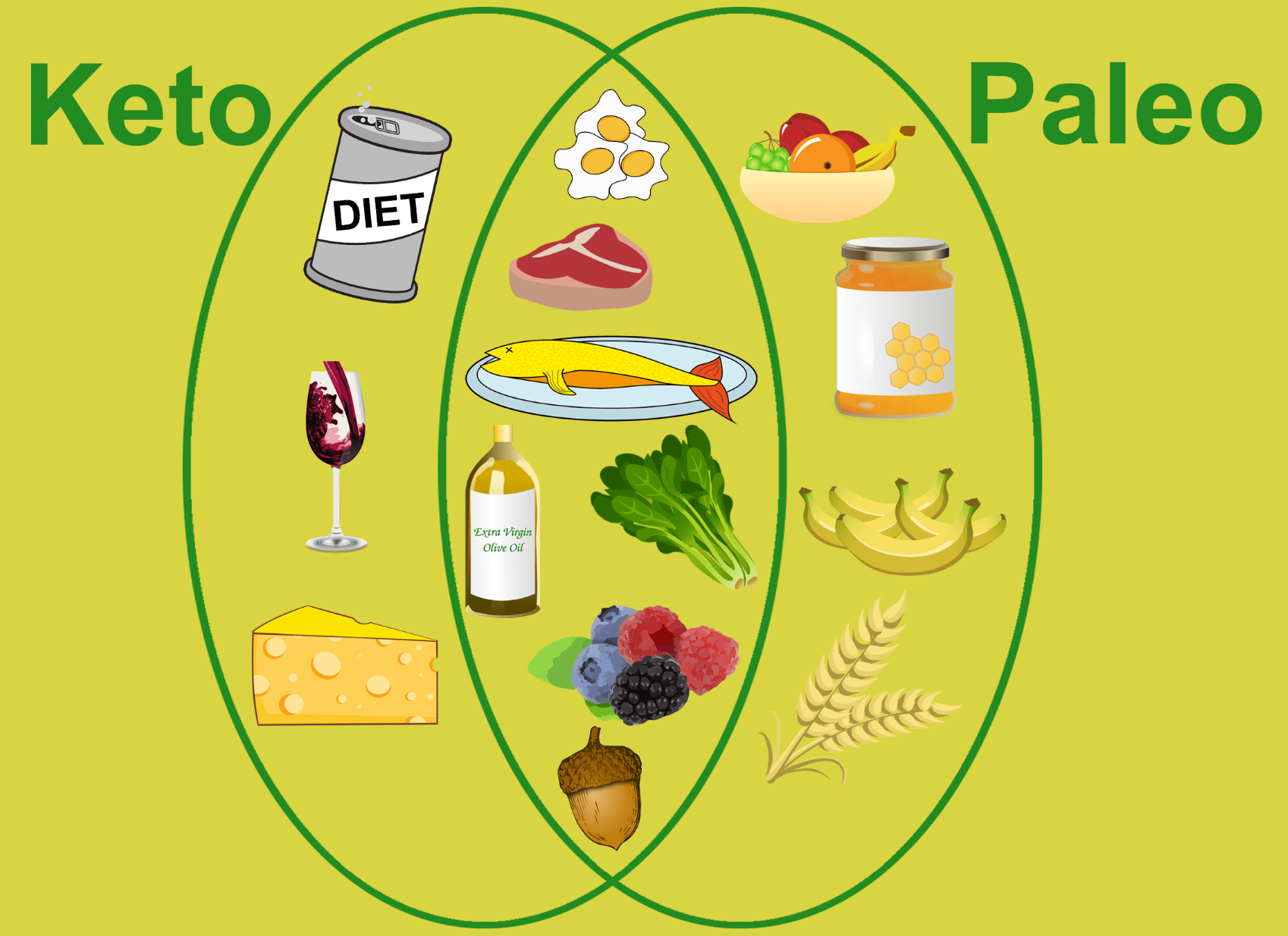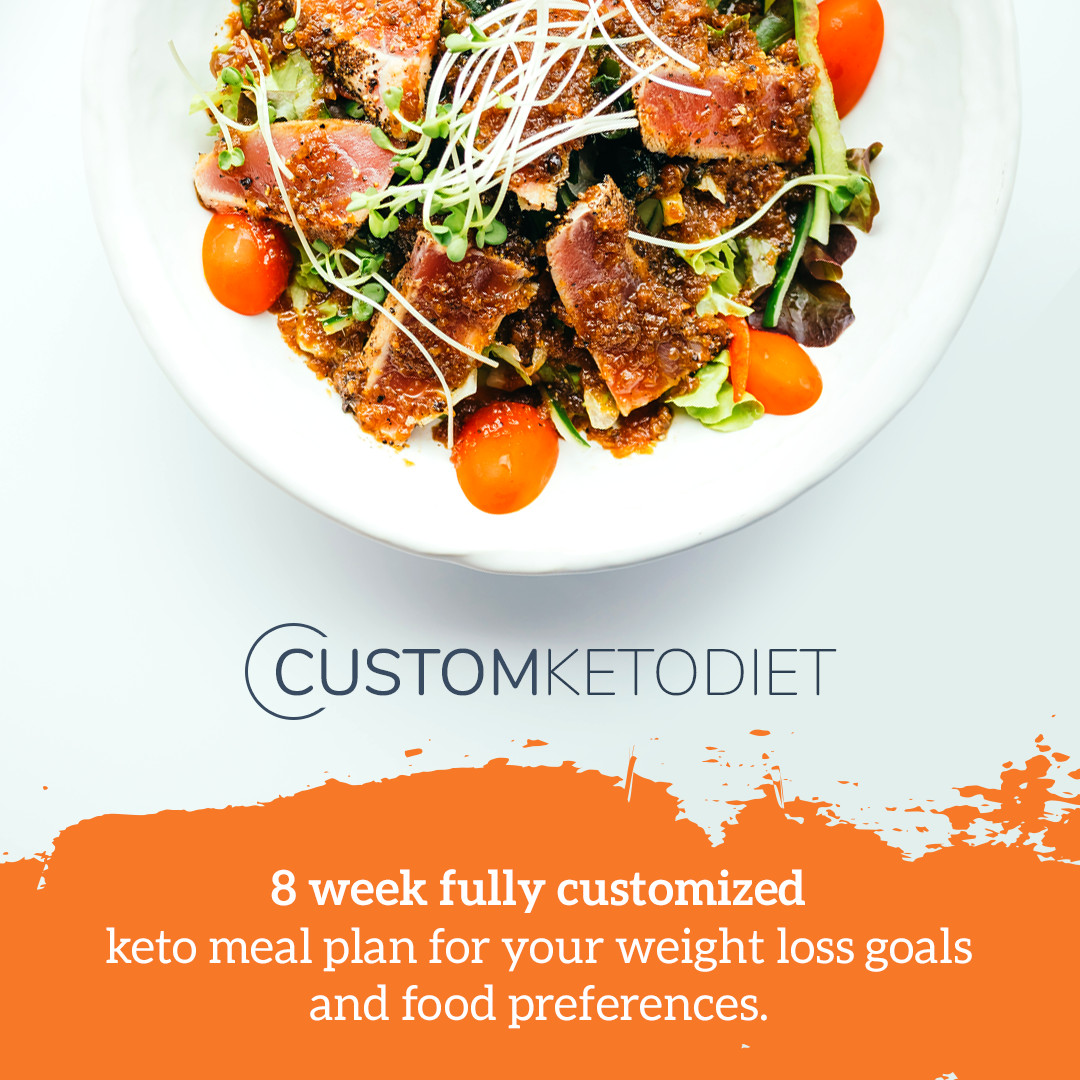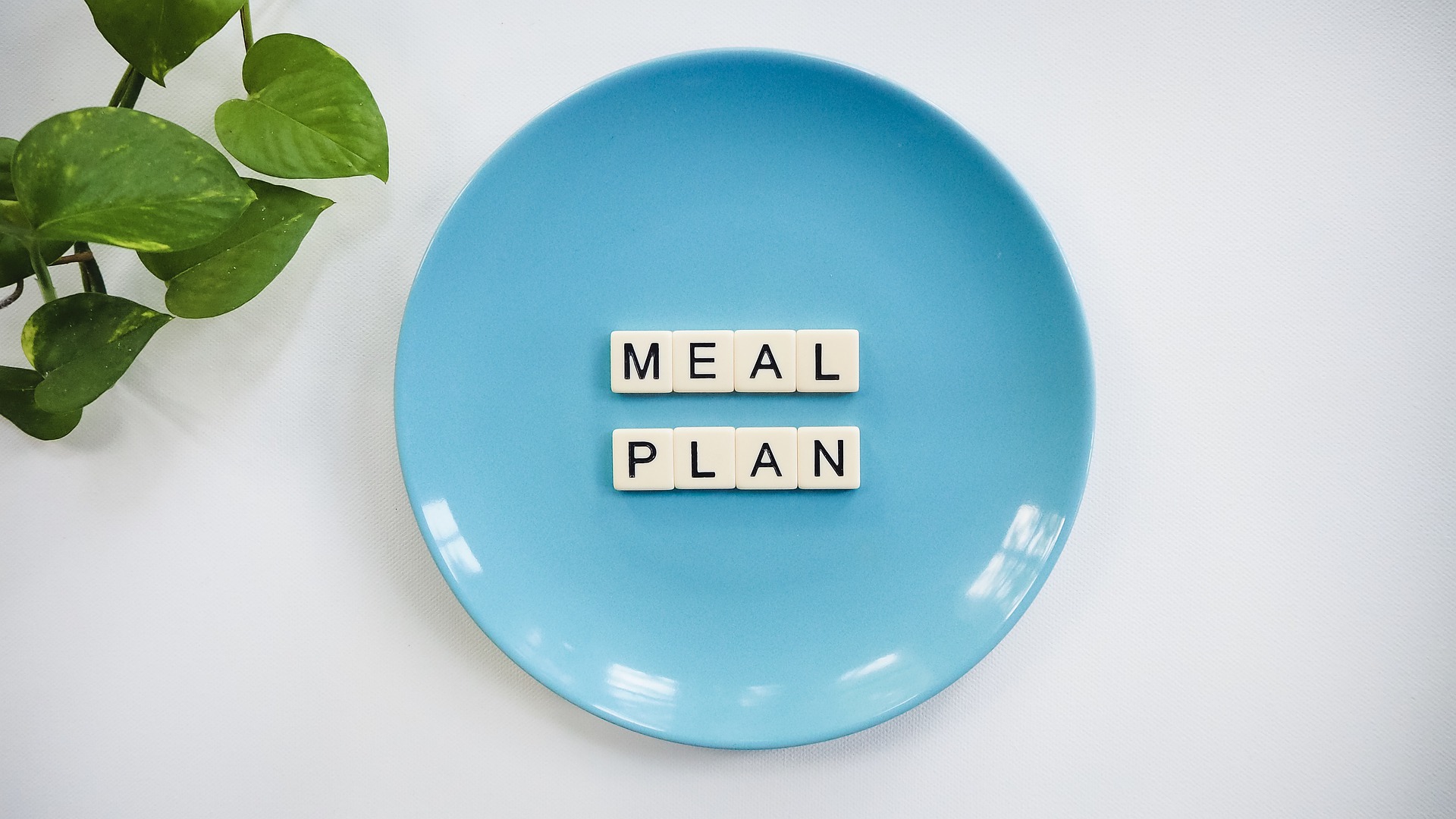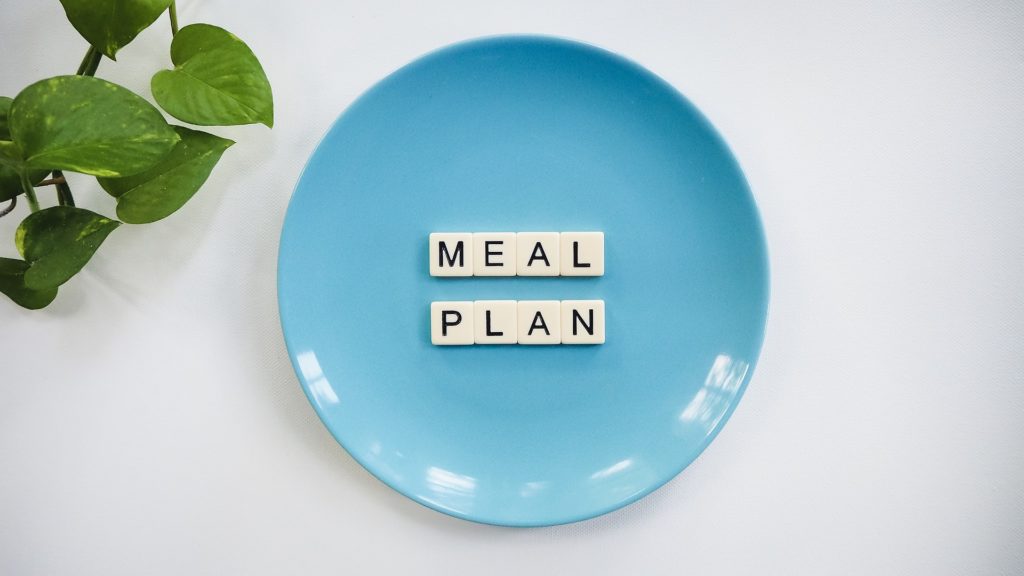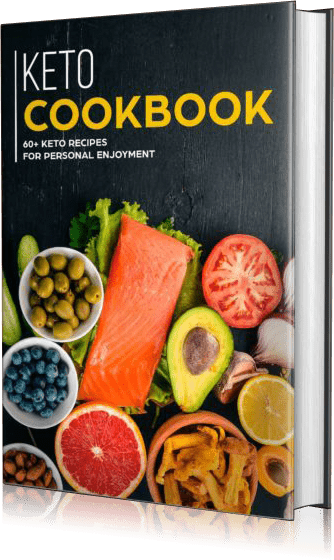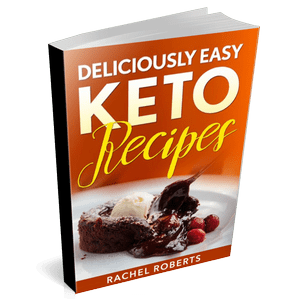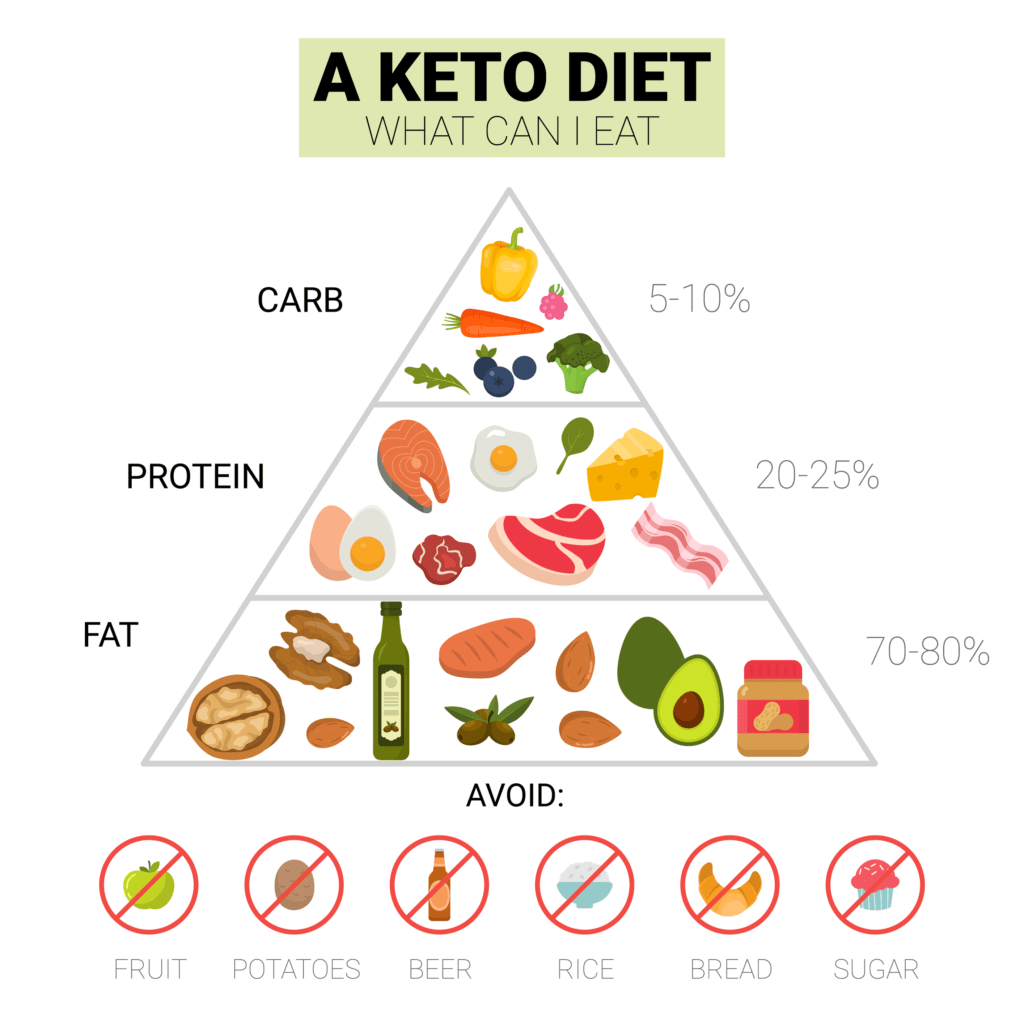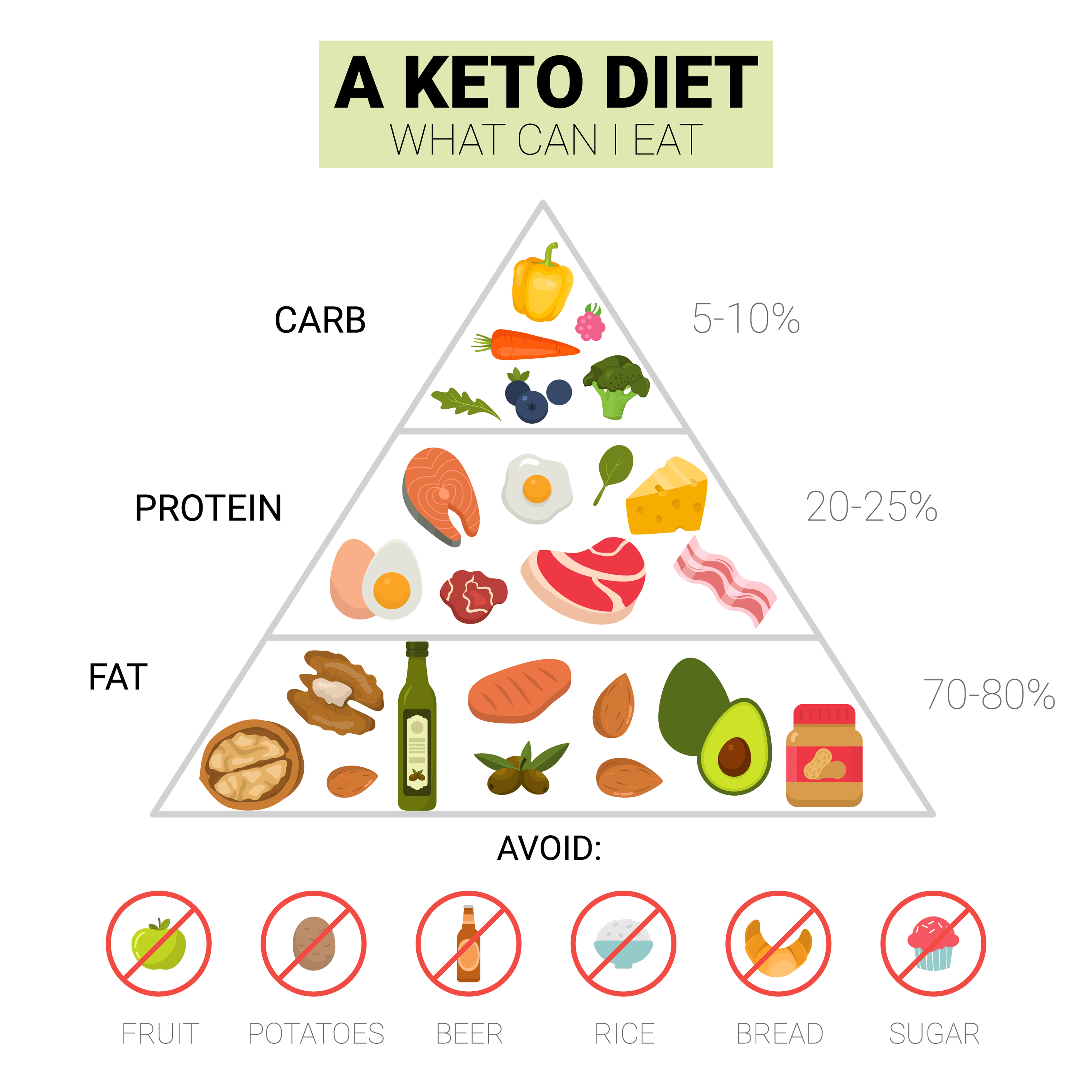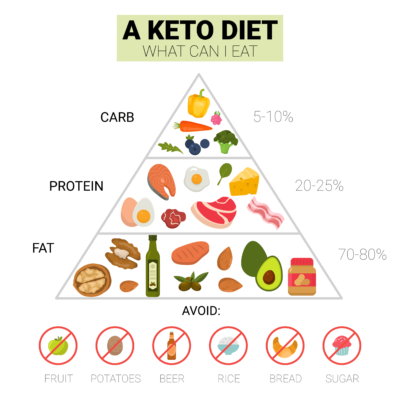Many ketoers think they have to eat fat bombs, the keto-friendly fat snack, but do they really?
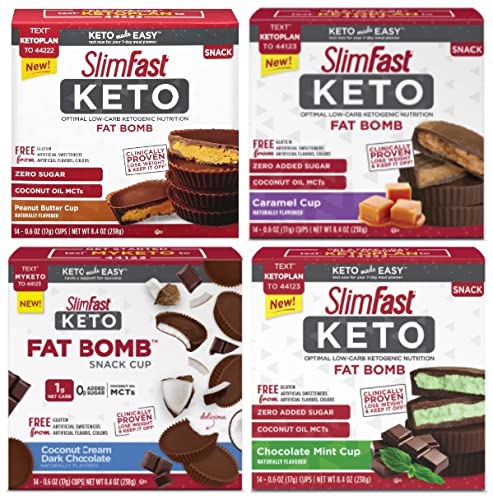
In case you’re unaware, those dense round balls that keto dieters snack on are called “fat bombs”. Fat bombs are even carried by some health food stores. You might even come across a few in your Pinterest feed. A typical fat bomb is chock-full of fatty ingredients like coconut oil and avocado. These fatty little nuggets of goodness can fill you up quickly and satisfy your sweet tooth as well as any nut craving that catches up to you.
Basically, a fat bomb is an energy bite for keto dieters. The body of evidence is growing that supports the idea that healthy fats are good for us. The idea is embraced by low-carb dieters like the followers of the Atkins diet and the trending Keto diet.
Rather than using carbohydrates and proteins as the fuel in energy bites, fat bombs use …. fat. Fat bombs contain fats as their primary source of energy. Up to 90% of the calories in a fat bomb can come from fats.
Fat bombs can also be thought of as a high-fat, bite-size, keto snack that can be sweet or savory. They are usually spherical, like a ball, but they can be any shape (square, cube, cylindrical, shaped like a heart, or any other shape you can think of).
Are Fat Bombs Healthy?
Typically a fat bomb is made with a high-fat binder with flavorful ingredients added in. Combined it makes a nourishing and tasty treat. A keto fat bomb can be quite sweet if made with dark chocolate and sweetened with a zero-calorie sweetener like erythritol, monk fruit, or stevia. A fat bomb can just as easily be savory by including nut butter, cheese, or bacon.
The nutritional value of fat bombs is as varied as the recipes. But every fat bomb derives the majority of its calories from fats. A typical fat bomb will provide you with 70 to 500 calories and 7 to 50 grams of fat. They’ll also have up to 7 grams of carbohydrates and 5 grams of protein or less. Obviously, with this kind of variability, these are only estimates. Staying within an envelope of 70 – 200 calories is in alignment with a keto snack, and is a more sensible and healthy portion. The fat bombs with the highest caloric values are basically meal replacements.
Most keto dieters think of fat bombs as a snack. Though, the higher calorie, savory, fat bombs could replace a meal or a side dish.
It’s important to recognize a keto fat bomb shouldn’t be a regular replacement for a meal because they are deficient in fiber, protein, and micronutrients compared to a properly balanced meal.
Far bombs are okay for ketoers because they will keep the dieter energized and feeling full. It’s also important to know that you have to be keto-adapted in order to successfully burn fat for energy.
What Ingredients Go Into A Fat Bomb?
Fat bombs are built upon a fatty base like bacon, coconut oil or cream, cocoa butter, cream cheese, heavy cream, lard, MCT oil, or nut butter. Some of the other ingredients that go into fat bombs are almond or coconut flour, cacao powder, stevia, nuts, berries, and a whole lot more.
It’s best to use a fatty base that’s solid at room temperature. They are usually high in easily solidifying saturated fats such as coconut oil. Coconut oil is a nutritious base found in many fat bombs.
Fat bombs can be made a little chewy by including nut flours, cream, or milk, helping to bind all the ingredients. They also add flavor and nutrition to the fat bombs.
How To Make A Keto-Friendly Fat Bomb
There are hundreds, if not thousands of recipes for fat bombs in keto diet books, recipe websites, and blogs. Usually, fat bombs are made by warming or melting an oil, like coconut oil, then adding flavor and binding ingredients. Coconut milk and stevia are popular binding ingredients. Once everything is well mixed, it’s poured into molds, then chilled until hardened.
Here are some of our other fat bomb articles and a couple of recipes.

